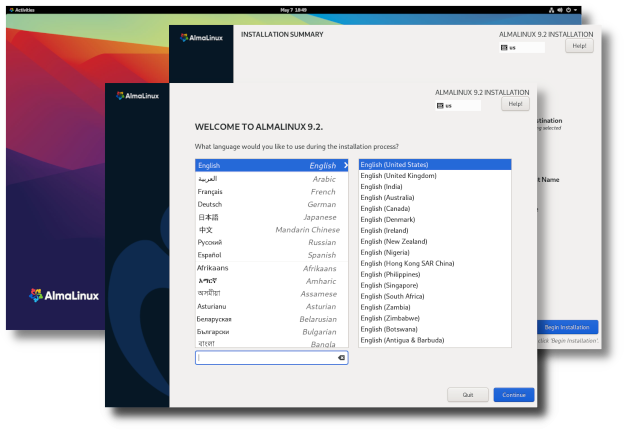In case you missed it, Red Hat announced they will no longer be providing the means for downstream clones to continue to be 1:1 binary copies of Red Hat Enterprise Linux (RHEL). Very quickly, both Jack and I shared some initial thoughts, but we intentionally took our time deciding the next right step for AlmaLinux OS. After much discussion, the AlmaLinux OS Foundation board today has decided to drop the aim to be 1:1 with RHEL. AlmaLinux OS will instead aim to be Application Binary Interface (ABI) compatible
I feel sorry for those small, understaffed, enterprises that had to scramble to get off CentOS 8, and may now be in the same situation with Alma/Rocky 8. IBM/Redhat have really fucked over potential customers. What a great advert to ensure no-one buys your product.
If IBM actually cared, they could have still gone down this route. But they could have let CentOS 8 run it’s initial, promised, support cycle, then switch exclusively to CentOS stream. And continue to provide the source for the entire run of RHEL 9.
To be fair, the transfer from Cebtos8 to Alma couldn’t have been easier. Just ran a script to update the RPM sources and a dnf update and we were done.
Moving to a different distro with different package managers and filesystem layout is a whole other level of hurt.
Just waiting for Rocky to make a similar announcement.
They’re staying the course. tl;dr
One option is through the usage of UBI container images which are based on RHEL and available from multiple online sources (including Docker Hub). Using the UBI image, it is easily possible to obtain Red Hat sources reliably and unencumbered. We have validated this through OCI (Open Container Initiative) containers and it works exactly as expected.
Another method that we will leverage is pay-per-use public cloud instances. With this, anyone can spin up RHEL images in the cloud and thus obtain the source code for all packages and errata. This is the easiest for us to scale as we can do all of this through CI pipelines, spinning up cloud images to obtain the sources via DNF, and post to our Git repositories automatically.
2020 was such a shit year in computing. So many things got killed off. CentOS, Windows 7, Flash, and Python 2.x, off the top of my head, and probably some other things as well.
I mean yeah, most of these things were getting long in the tooth, but they were widely used and it would’ve been nice if they were all supported longer.
I don’t believe it will work. To do so it requires to maintain their own repository of RPM specs for a stable release distro. In this case Alma will became an active independent distro downstream to Fedora and CentOS Stream, and could steal the focus from RHEL. I don’t think RH will allow that. Not to say I requires significant effort and Alma is a small community funded project. It’s to good to be true and I have skepticism about the positive attitude of the blog post.
I guess RH tries to “embrace” Alma and Rocky as it was with CentOS.
I don’t think this will be viable for the people who really are looking for direct RHEL compatibility, but lots of people like me just use the basic structure of RHEL because we’re familiar with the config locations and tooling, and we like the stability over time. If Alma can replicate that aspect then it’s still good for me even if they’re not bug for bug compatible. Rocky still seem to be going for 100% compatibility and I think that will be harder to maintain over time if RedHat actively fight it.






